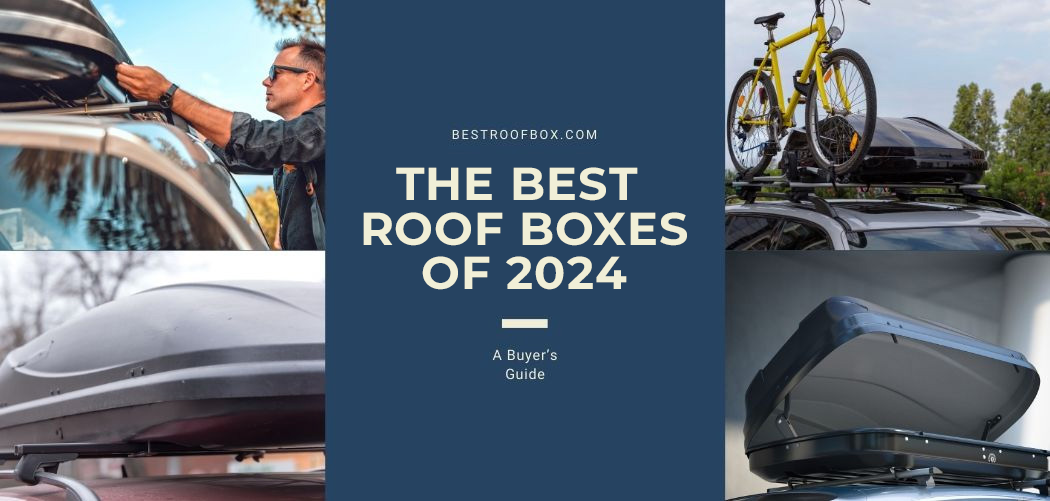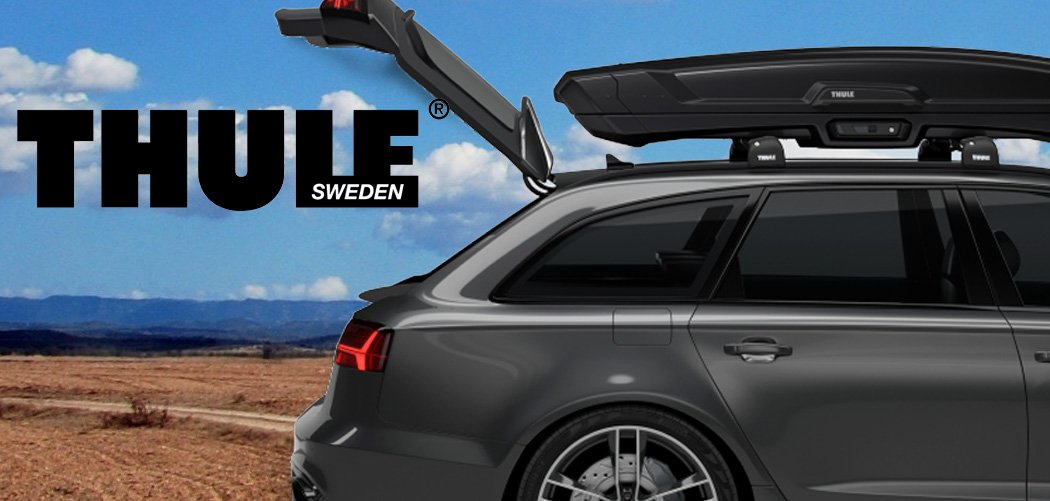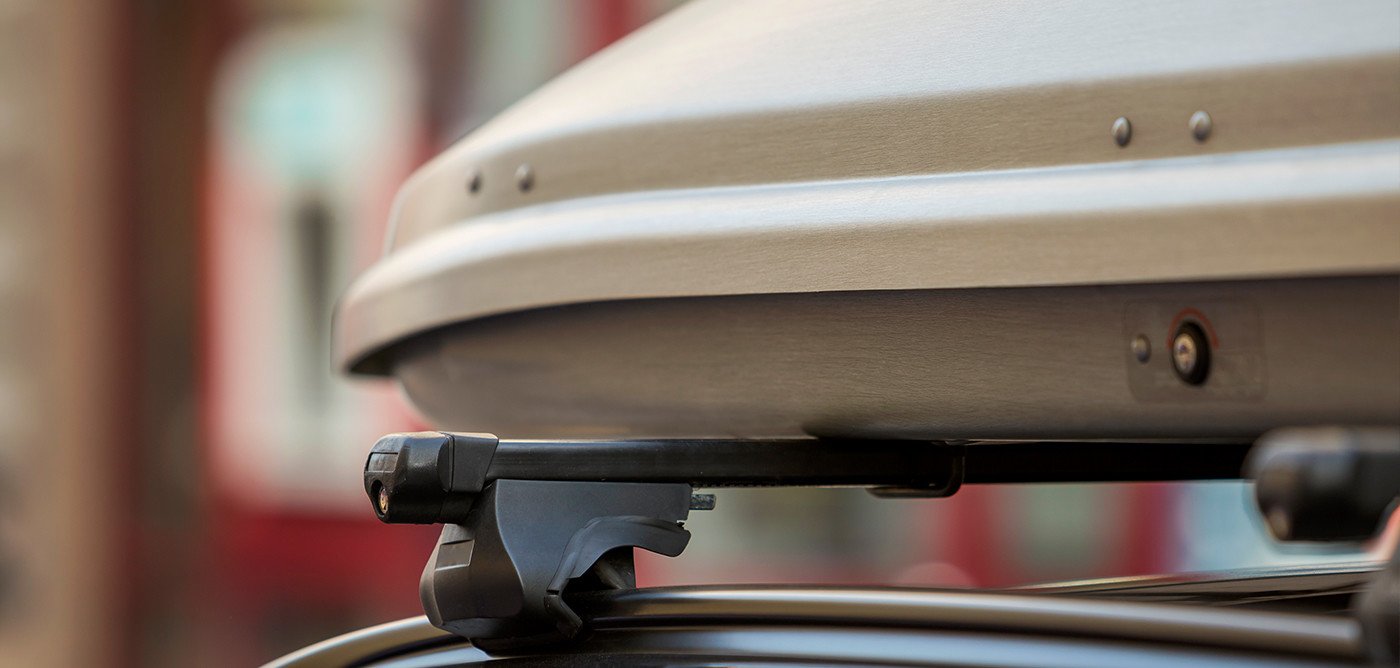Let’s learn how to properly protect your roof box.
Rooftop carriers are perfect when you’re planning a road trip and need extra space for suitcases, gear, and anything else you need to be stored until you get to your destination. But if you’re planning to purchase a rooftop carrier, you should first become familiar with the various types and the things you can do to make sure the carrier keeps the items inside safe and secure so that you don’t have to worry about this as you travel.
Rooftop carriers can be made out of soft polyester or a hard-shell case, and they can hold from 8 cubic feet up to 30 cubic feet of equipment. When it comes to the security for your carrier, you have two things to watch out for.

The first is keeping the items inside of the carrier safe and secure as you drive, and the second is keeping the carrier itself secured onto the vehicle so that it doesn’t move around while you’re on your trip.
Both of these things are easy to do if you follow a few simple rules, and below are some of the rules that can help a lot when you’re trying to keep your vehicle and the rooftop carrier safe and secure:
Table of Contents
Top 7 Ways to Protect Your Roof Box:
Rule #1: Pay Attention to the Pressure in Your Tires
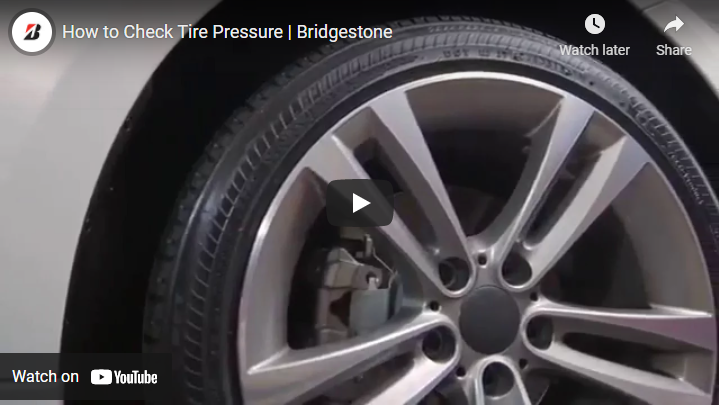
Naturally, when you have a heavy load on the top of your vehicle, the weight of that vehicle is going to be affected. Heavy loads can influence wind resistance, gas mileage, and a lot of other things. One of the things you can do to counteract this is to check your tire pressure regularly, but especially in the beginning before you take off on your trip.
What you should look for is the recommended inflation pressure number, not the maximum inflation pressure. Both the car’s manual and the manual that comes with the carrier can help with this, but if the numbers are different you should always go with the ones recommended in the carrier’s manual. The carrier company will know for sure what pressure number is best for your vehicle, so you can just go by this number and your tires should be fine.
In addition, it is a good idea to recheck the tire pressure periodically throughout the trip, particularly if you add more items to the carrier, which you can do if you pick up souvenirs along the way.
Rule #2: Use the Right Anchors to Hold the Carrier Down
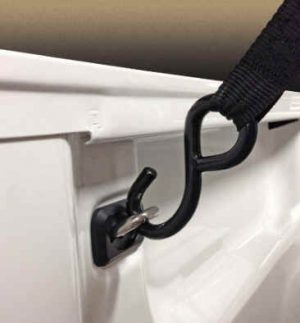 When it comes to your carrier’s security, no action is unimportant, which is why most carrier companies include heavy-duty straps and hooks made specifically to keep that carrier in place.
When it comes to your carrier’s security, no action is unimportant, which is why most carrier companies include heavy-duty straps and hooks made specifically to keep that carrier in place.
If you’re packing smaller items, you may want to place them in plastic bags before placing them in the carrier so they don’t move around too much as you’re driving.
Cargo anchors are great products to buy because they are specifically made to keep cargo boxes secure. Keep in mind that you may experience sudden stops during your travels, so strapping down boxes or bags with sturdy straps or cargo anchors is always highly recommended. In addition, when you’re packing your items, make sure you place the heaviest items into the carrier first.
Finally, you should always place items into the carrier evenly so there is not a lot of weight on one side and not enough on the other. Think about what would happen to your items if you stopped suddenly or got into an accident, then pack and secure all of your items accordingly.
Rule #3: Make Sure You Can See What Is Ahead of You
 When you place your cartop carrier on top of your vehicle, you should immediately check to make sure your side and back views are not obstructed. If they are, you may have to readjust the carrier to make sure it is in the right position. The good news is, once the carrier is installed the way the manual recommends that it be installed, this should not be a problem.
When you place your cartop carrier on top of your vehicle, you should immediately check to make sure your side and back views are not obstructed. If they are, you may have to readjust the carrier to make sure it is in the right position. The good news is, once the carrier is installed the way the manual recommends that it be installed, this should not be a problem.
This tip applies to all types of carriers, including the ones that you install in the back of your car in the hitch area. Not only is your carrier’s security important, but yours is, too, so checking all of your insides and outside mirrors, before you start your vehicle and take-off is important to make sure you don’t wreck the vehicle trying to see something that you can’t see because of your carrier.
Rule #4: Don’t Plan to Access the Carrier Regularly
 When you’re packing items into your rooftop carrier, keep in mind that you’ll likely be driving for long periods of time before stopping, so it is smart not to place things inside the carrier that you will need along the way. In other words, if you keep things like snacks in the rooftop carrier, it isn’t practical because you’ll have to stop frequently to access them.
When you’re packing items into your rooftop carrier, keep in mind that you’ll likely be driving for long periods of time before stopping, so it is smart not to place things inside the carrier that you will need along the way. In other words, if you keep things like snacks in the rooftop carrier, it isn’t practical because you’ll have to stop frequently to access them.
This means you’ll need to pack smart from the very beginning, so some thought should always go into your packing and trip-planning. Consider which items you may need to utilize along the way and make sure those items are inside the vehicle, not inside the carrier. Only pack the items you know you won’t need anytime soon in your cartop carrier, such as the clothes you’re planning to wear the next day.
Rule #5: Try to Keep Extra Supplies on Hand Whenever Possible
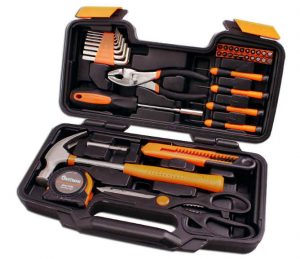 When you purchase a cartop carrier, it usually comes with everything you need to make sure the carrier can be tied down properly, such as straps, car hooks, and so on. These are durable items that do a great job of securing the carrier, but you should also be prepared to stop occasionally and tighten these items so that your carrier stays secure the entire ride.
When you purchase a cartop carrier, it usually comes with everything you need to make sure the carrier can be tied down properly, such as straps, car hooks, and so on. These are durable items that do a great job of securing the carrier, but you should also be prepared to stop occasionally and tighten these items so that your carrier stays secure the entire ride.
This means not only bringing along the extra straps that are often included with your carrier in case you need them, but also including some minor tools in case any part of the carrier or roof rack becomes too loose and needs to be tightened. Most often, you can perform these tasks either without tools or just with the items that come with the carrier itself, but take inventory before you leave and make sure you have everything you need.
Also keep in mind that you may be stopping regularly and packing and unpacking the carrier, and this alone is a good reason to make sure you have all the tools you need to provide your carrier with the security it needs as you drive from place to place.
Rule #6: Make Sure You Know the Size of Your Car’s Carrier
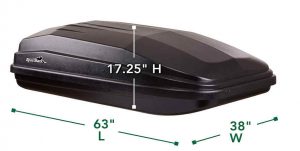 This may sound unimportant, but it is imperative that you know the size of your car’s carrier, particularly the height of it. After all, it is always possible that you’ll be driving under a bridge or some other low area at some point during your trip, and knowing how high your carrier is can prevent a lot of awkward tragedies.
This may sound unimportant, but it is imperative that you know the size of your car’s carrier, particularly the height of it. After all, it is always possible that you’ll be driving under a bridge or some other low area at some point during your trip, and knowing how high your carrier is can prevent a lot of awkward tragedies.
In most cases, your carrier will not get stuck on a low-lying bridge and topple over or become damaged, but you never know for sure. It is always better to be safe than sorry, so before you leave for your trip measure the carrier and know exactly how tall it is. This is especially important if you drive an SUV or other vehicles that already sits high off the road because this can prove harmful in the end.
Measuring just the height of the carrier isn’t enough. You need to go ahead and install it first before you measure it, because the number could change if you have a roof rack and the carrier is installed on top of that rack. It doesn’t mean you have to know the number down to the minute measurement, but you should get as close as possible to the true number so that your carrier is safe.
Rule #7: Know Your Limits!
 When you have a cartop carrier on your vehicle, you have to be aware of the weight limits recommended by the manufacturers of both the carrier and the roof rack. Cargo carriers can be strapped directly onto the top of the vehicle or installed on top of a roof rack, but in both cases, the manufacturer will recommend that you not go above a certain weight limit so that damage doesn’t occur.
When you have a cartop carrier on your vehicle, you have to be aware of the weight limits recommended by the manufacturers of both the carrier and the roof rack. Cargo carriers can be strapped directly onto the top of the vehicle or installed on top of a roof rack, but in both cases, the manufacturer will recommend that you not go above a certain weight limit so that damage doesn’t occur.
As a general rule, most roof racks have a weight limit of between 75 and 250 lbs., and it is crucial that you stick with that number. If you already know you have 250 lbs. worth of items you want to place into the carrier, you may want to remove some of those items because that number always includes the carrier itself.
The security of your vehicle and your rooftop carrier depends on paying close attention to weight limits at all times, and you should always check the vehicle’s manual to make certain your car or van doesn’t have specialized limits of its own. When in doubt, go by the number mentioned in the car owner’s manual, but most of all, make sure you pay close attention to weight limits at all times when using a cargo carrier.

